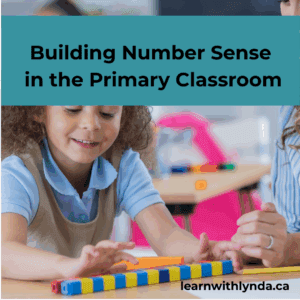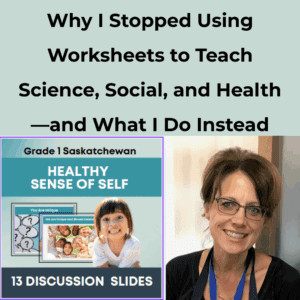Marian Small reminds us that number sense is at the heart of mathematical understanding. She states it’s more than just knowing how to count or memorize facts — it’s about thinking flexibly about numbers, recognizing patterns, and choosing strategies that make sense. When our students develop number sense, they begin to understand how numbers relate to one another and more importantly, how they can be used in real-world situations.
Just like early reading decoding and comprehension lays the foundation for strong literacy skills, number sense sets children up for success in math. It’s a skill that grows over time as children explore, make mistakes, and discover new connections through hands-on experiences.
The Power of Counting
Counting is one of the first and most important number sense skills children learn. At first, counting to ten might be memorized like a song — a wonderful start, but one that doesn’t yet show deep understanding. True number sense begins when children understand what those numbers represent.
For example, recognizing that the number 5 means a group of five objects — and that adding one more makes six — builds a foundation for all later math learning. This understanding develops through lots of practice and play.
Invite children to count everything they see — buttons, rocks, toy cars, or even snack pieces. The more opportunities they have to count real objects, the more confident and accurate they become. As teachers, we often move on from counting too quickly, but continued practice helps solidify these important skills.
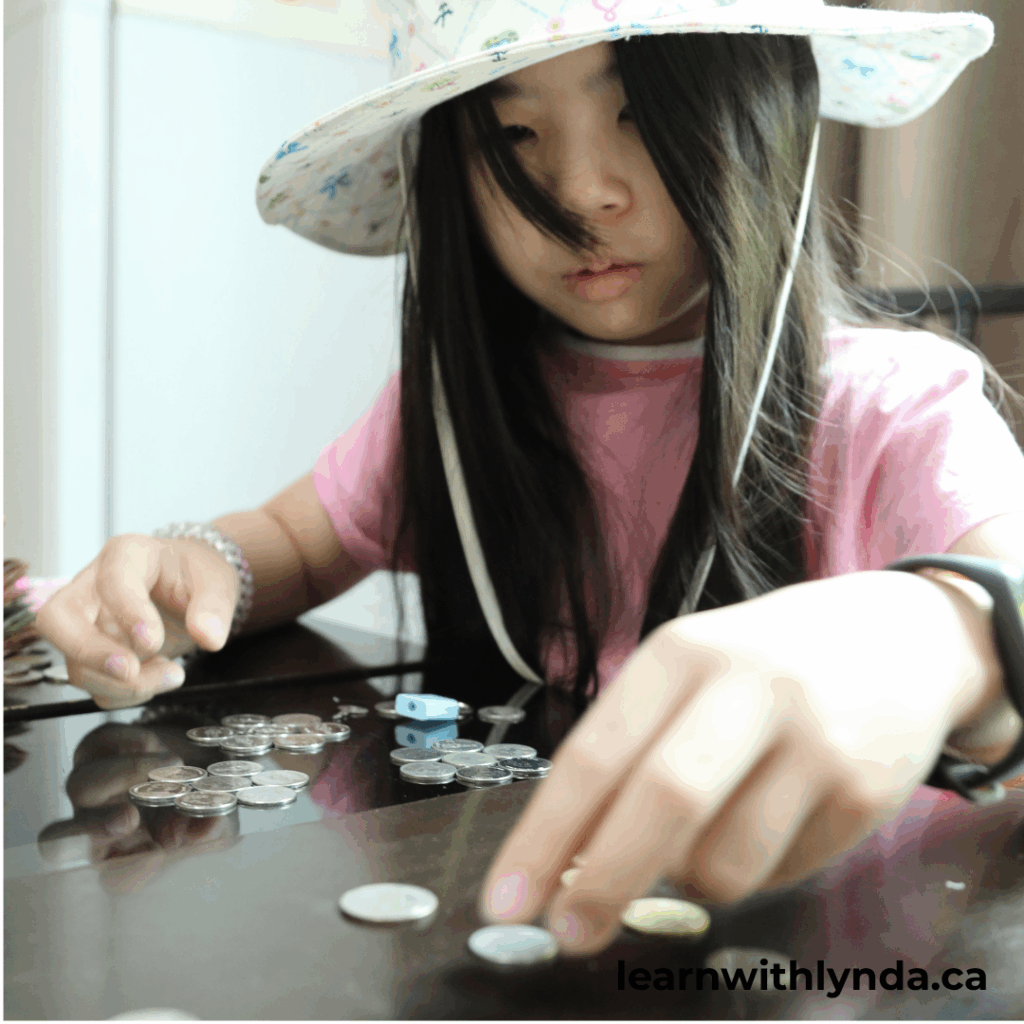


Classroom Routines that Build Number Sense
One of my favorite ways to build number sense is through daily math routines. During a Math Meeting, for example, we might start the day by counting together, noticing patterns on a number chart, or exploring collections of objects. These short, consistent routines help children see math as part of their everyday thinking.
My students are now noticing numbers during exploration time. I am often called over to take a picture of something they have created so it can be shared during a future class meeting as a “what do you notice” slide. Here are some samples. We use these slides to talk about the number of objects that are a particular colour as well as how many objects all together.
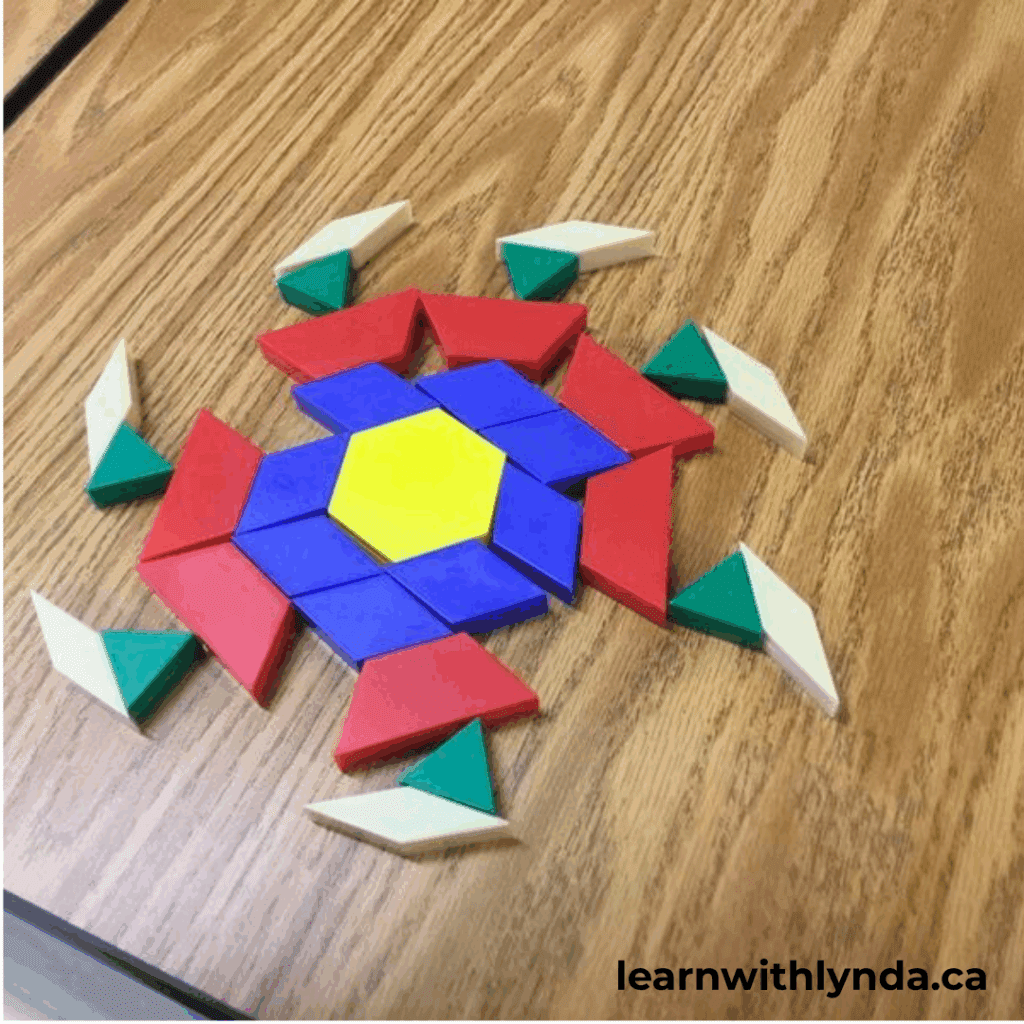


Another powerful approach is Counting Collections. In this activity, children work with a set of physical objects — such as buttons, beads, or shells — and count them in their own way. They might group items by tens, fives, or twos, depending on their understanding. Through this hands-on process, they’re not just counting — they’re developing strategies, noticing patterns, and making sense of numbers in meaningful ways.
As Andrea Pisani explains, Counting Collections connects how children progress as they learn to count with how they grow developmentally as mathematical thinkers. It’s a beautiful way to see math understanding unfold in real time.
Supporting Number Sense at Home and School
Whether you’re a teacher or a parent, you can nurture number sense through everyday experiences.
Try these simple ideas:
- Ask your child to count items while setting the table or cleaning up toys.
- Play games that involve dice or cards to practice quick number recognition.
- Encourage them to notice numbers in the world — on signs, clocks, or receipts.
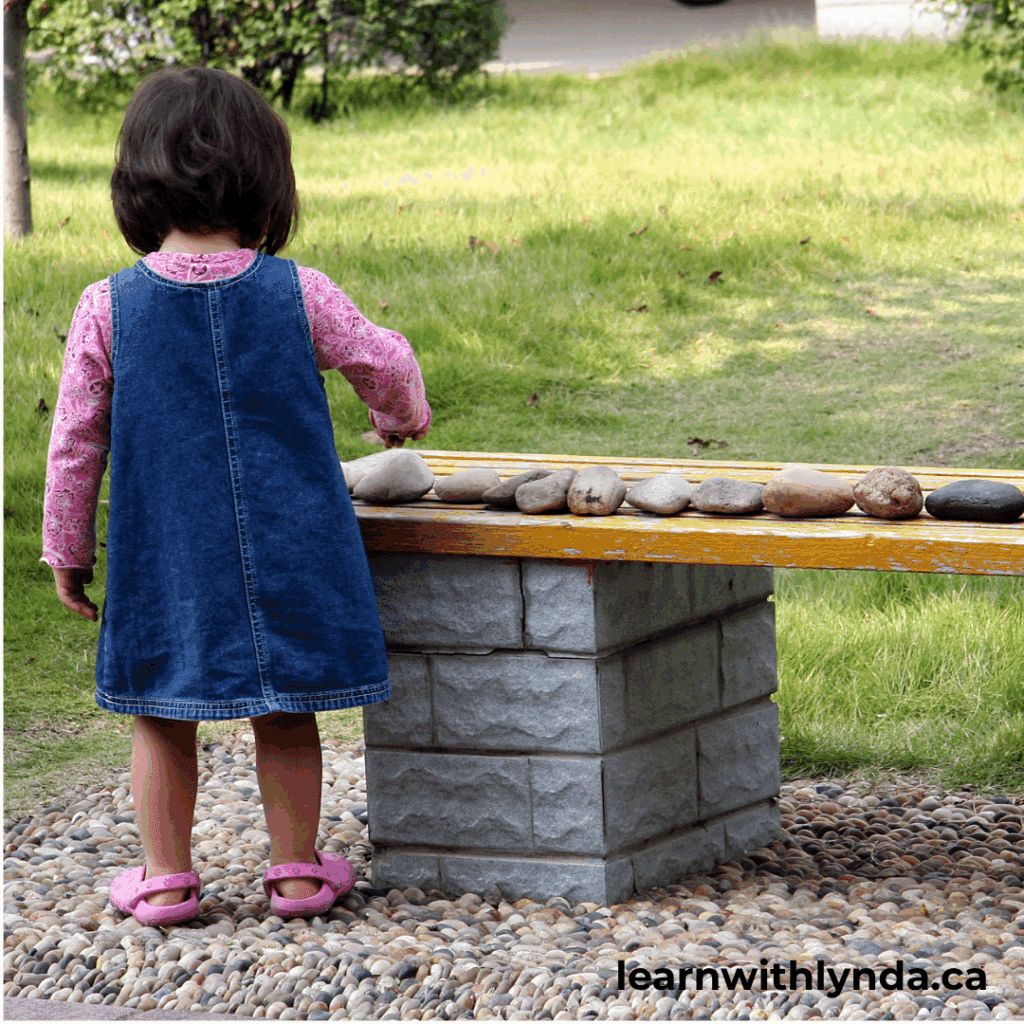
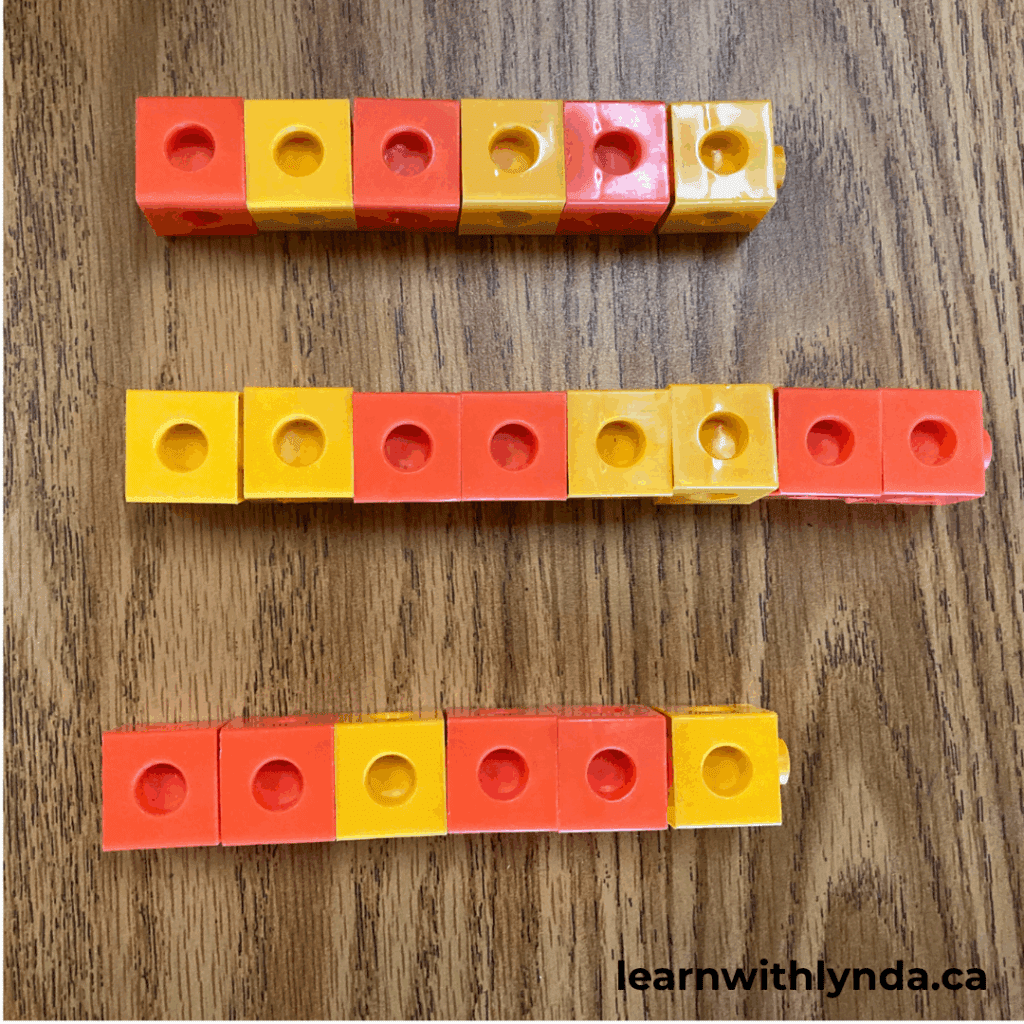
Every small moment spent exploring numbers helps build confidence and understanding.
Want to Learn More?
To dive deeper into this approach, check out Counting Collections: A Developmentally Responsive Approach to Early Mathematics from Meaningful Math. It’s an excellent resource for anyone interested in supporting children’s natural curiosity and understanding of numbers.
Happy Learning,
Lynda


